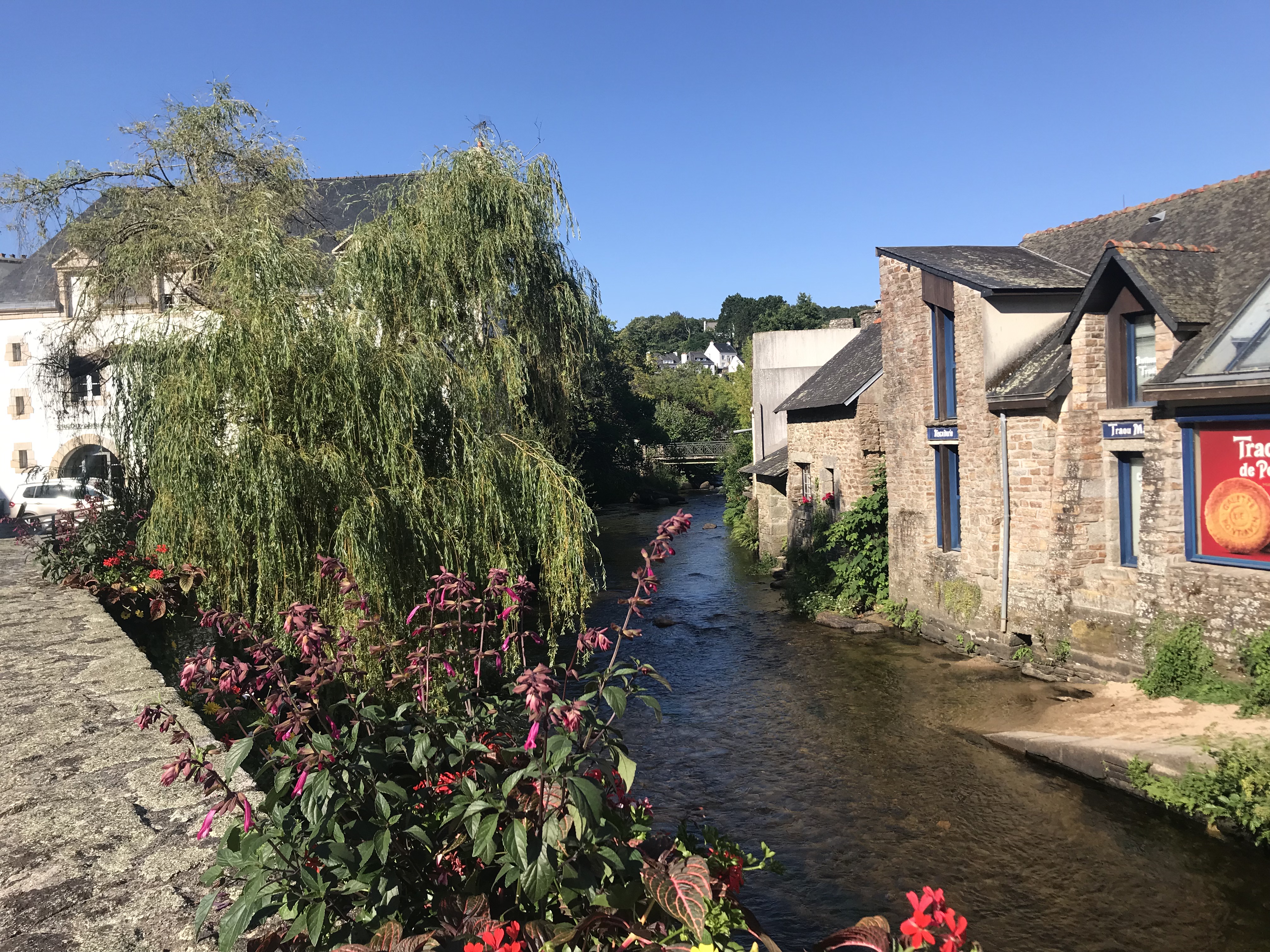
Bonjour, good morning, bore da, and demat dit
Over the past few weeks I have been researching the many historic and cultural links between Wales and Brittany. Its shown me that we have a shared history going back to the Stone Age. I find is staggering how little people seem to know about it.
So I have made a film which pulls the lid off all this shared history, culture and language and explores the following in more depth:
- Neolithic standing stones
- The arrival of the Celts and the tribes who settled in both places
- The language we share and why
- The place names you find in both countries
- The co operation between both nations in the wars against the Saxons in Briton and the Franks in France
- The Welsh saints who established the Breton church
- King Arthur’s place in both nation’s history
- What we have to show for it all today
Across 30 minutes we visit the places where all the action happened and the sources of all this information.
I also should pre-warn you that there are some beautiful beaches and pretty towns filled with mediaeval architecture in this video which might promote a need to go on holiday – I can only apologise.
Feel free to share on social media, please please please subscribe to my YouTube channel if you haven’t already and if you want to find out more about any of the places or stories featured in this video, then please scroll dwon past the video it self to where I have shared all you need to know.
Further Information on the places in this video
Hopefully you have enjoyed the content of this video, but I can understand if you are curious to know more about where it was filmed and the places mentioned.
Carnac

Carnac appears several times in this video. The opening beach sequences were filmed on La Grande Plage De Carnac but I also feature shots of the Kerlescan Standing Stones and Dolmen. The stones at Carnac have made the area a UNESCO World Heritage site. There is a bigger concentration of neolithic monuments in the area than anywhere else in Europe. If you visit, you will need to go the the visitor centre called ‘Maison de Megalithes’ where guided tours around the different sites can be organised. These days all the sites are fenced off so wandering about isn’t an option.
For more information click here to visit the Carnac Tourism website.
Other standing stones featured
In the item about standing stones I also featured standing stones in Trellech in Monmouthshire and at Pentre Ifan. Click on the hyperlinks to see more information on those places.
Vannes

Vannes (or Gwened in Breton) is a beautiful, fortified medieval town and port in southern Brittany.
It was named after the Venetti tribe who the Romans described as being the inhabitants of the area before the Roman invasion.
From a vistors perspective the town is very picturesque with loads of nice bars and restaurants. The old town walls are something special. For more information visit the toursim website by clicking here.
Places associated with Welsh Saints
Iles de St Cado is near the town of Belz in southern Brittany. It is where St Cadoc is remembered for his part in establishing the church in Brittany. You can get more information by clicking here.
I also featured the story of St Teilo and of St Gildas and included footage of the churches which now stand on the site of the medieval monastery at Llantwit Major and the Abbey and Llancarfan. Click on the links in blue in this paragraph for more information on each.


















